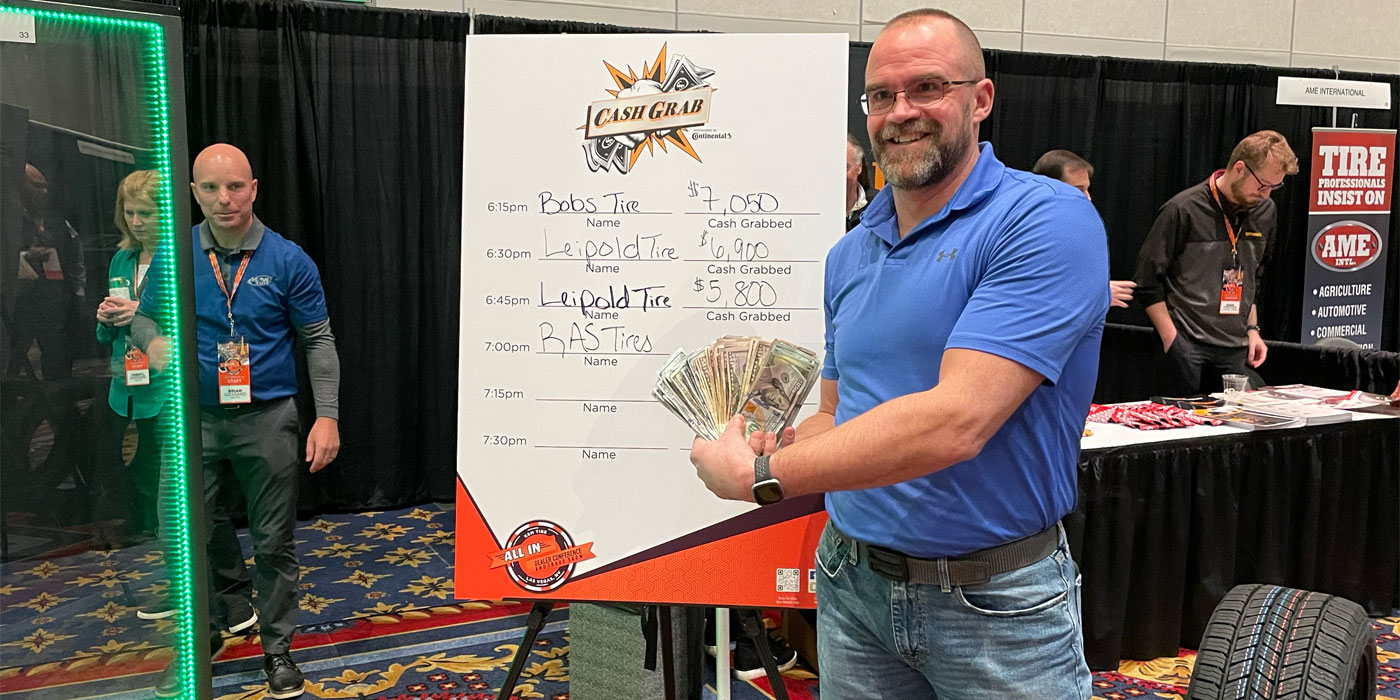Did you know that almost everything you own and use for personal or investment purposes is a capital asset? Capital assets include a home, household furnishings and stocks and bonds held in a personal account.
When you sell a capital asset, the difference between the amount you paid for the asset and its sales price is a capital gain or capital loss. Here are 10 facts you should know about how gains and losses can affect your federal income tax return.
1. Almost everything you own and use for personal purposes, pleasure or investment is a capital asset.
2. When you sell a capital asset, the difference between the amount you sell it for and your basis – which is usually what you paid for it – is a capital gain or a capital loss.
3. You must report all capital gains.
4. You may only deduct capital losses on investment property, not on personal-use property.
5. Capital gains and losses are classified as long-term or short-term. If you hold the property more than one year, your capital gain or loss is long-term. If you hold it one year or less, the gain or loss is short-term.
6. If you have long-term gains in excess of your long-term losses, the difference is normally a net capital gain. Subtract any short-term losses from the net capital gain to calculate the net capital gain you must report.
7. The tax rates that apply to net capital gain are generally lower than the tax rates that apply to other income. For 2012, the maximum capital gains rate for most people is 15%. For lower-income individuals, the rate may be 0% on some or all of the net capital gain. Rates of 25% or 28% may apply to special types of net capital gain. These rates are set to expire on Dec. 31, 2012. Starting in 2013 the maximum rate is scheduled to increase to 20% (10% for taxpayers in the 15% bracket).
8. If your capital losses exceed your capital gains, you can deduct the excess on your tax return to reduce other income, such as wages, up to an annual limit of $3,000, or $1,500 if you are married filing separately.
9. If your total net capital loss is more than the yearly limit on capital loss deductions, you can carry over the unused part to the next year and treat it as if you incurred it in that next year.
10. In 2011, a new form was introduced (Form 8949, Sales and Other Dispositions of Capital Assets) to calculate capital gains and losses and list all capital gain and loss transactions. Subtotals are then carried over to Schedule D (Form 1040), where gain or loss is calculated.
Give us a call us if you need more information about reporting capital gains and losses.
Richard L. Lipton CPA & Associates LLC,located in Florham Park, N.J., draws on its founder’s 10 years as a stockholder and manager of family-owned Sam’s Tire Co. in Paterson, N.J.
Richard L. Lipton CPA & Associates LLC “is structured to personally serve large and small clients who have a need for business consulting services as well as accounting and tax services. We have even developed aniche in the area of forensic accounting. Our clients have realized that this combination of skills is extremely valuable in providing the highest quality professional services in today’s and the future’s economy.” – Richard L. Lipton CPA
Contact Richard L. Lipton CPA & Associates LLC:
Call: 973-520-8123
E-mail: [email protected]
Web: www.liptoncpa.com













